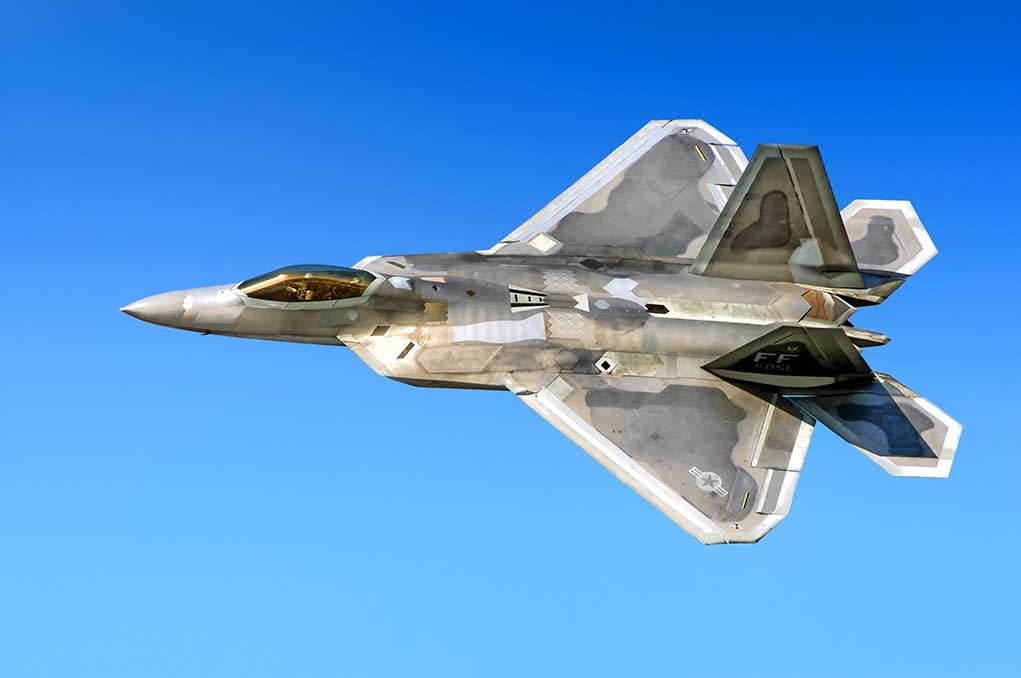
Israel’s precision airstrikes have dealt a fatal blow to Iran’s iconic F-14 Tomcat fleet, effectively grounding the last remnants of Tehran’s once-mighty air defense system and potentially ending the operational life of these legendary fighter jets forever.
Key Takeaways
- Israeli forces destroyed two Iranian F-14 Tomcats during airstrikes in Isfahan, Iran, dealing a significant blow to Iran’s aging air defense capabilities
- The F-14s, made famous by the movie “Top Gun,” were reportedly being prepared to intercept Israeli aircraft when they were targeted
- Iran originally acquired 79 F-14s from the U.S. before the 1979 Islamic Revolution but has struggled to maintain them due to sanctions and lack of parts
- These strikes are part of Israel’s broader campaign to dismantle Iran’s air defense system, allowing for unrestricted operations over Iranian airspace
- With these losses, it’s unlikely Iran will have any operational F-14s after the conflict, marking the end of the iconic aircraft’s service history
Israel’s Surgical Strike Eliminates Vintage American Jets
Israeli military forces have executed a precision strike against two Iranian F-14 Tomcat fighter jets at Mehrabad International Airport in Tehran, showcasing Israel’s deep-strike capabilities and intelligence prowess. The IDF released infrared targeting camera footage of the operation, clearly showing the destruction of these fighter jets as they sat outside hardened aircraft shelters. This strike represents more than just the destruction of military hardware; it symbolizes the systematic dismantling of Iran’s already struggling air defense capabilities.
“An Israeli Air Force drone struck and destroyed two Iranian F-14 fighter jets at an airport in Tehran,” revealed IDF Spokesman Brig. Gen. Effie Defrin in a press conference.
The Last Flight of the Persian Tomcats
The targeted F-14s represent the twilight of Iran’s once-impressive Tomcat fleet. Originally, Iran purchased 79 of these advanced fighters from the United States during the Shah’s rule in the 1970s, before the 1979 Islamic Revolution severed diplomatic and military ties between the two nations. For over four decades, Iran has managed to keep some of these fighters operational despite crushing American sanctions, relying on cannibalized parts, reverse engineering, and black market procurement to maintain their dwindling fleet.
“These jets were intended to intercept Israeli aircraft,” stated the IDF in their official release regarding the operation.
The F-14 Tomcat, retired by the U.S. Navy in 2006 after 32 years of service, has continued to fly only in Iran. The aircraft gained worldwide fame through the 1986 film “Top Gun,” but while American Tomcats were systematically destroyed after retirement to prevent parts from reaching Iran, the Islamic Republic continued to maintain a small fleet through increasingly desperate measures. The destruction of these aircraft likely marks the end of an era for the 55-year-old fighter design.
Strategic Implications for Regional Security
The Israeli campaign against Iran’s military assets represents a coordinated effort to eliminate Tehran’s ability to defend its airspace. By methodically targeting Iran’s fixed-wing aircraft fleet, Israel is creating conditions that will allow it to operate with near impunity over Iranian territory. This strategy appears aimed at preventing Iran from reconstituting its nuclear and missile programs by establishing air dominance that would enable future precision strikes against such facilities.
“The Israel Defense Forces (IDF) posted infrared targeting camera footage of a pair of F-14A Tomcat fighters being destroyed by air-to-ground munitions as they sat outside hardened aircraft shelters at Mehrabad International Airport in Tehran.”
Iranian air defense capabilities have been severely hampered by decades of international isolation. The Islamic Revolutionary Guard Corps Air Force (IRGCAF) has maintained two categories of F-14s: Partially Mission-Capable (PMC) aircraft primarily used for training and display, and a smaller number of Fully Mission-Capable (FMC) jets reserved for actual combat operations. The recent strikes appear to have targeted aircraft that were being prepared for defensive operations, further degrading Iran’s already limited capabilities.
Looking Ahead: Iran’s Air Defense Vacuum
With the ongoing conflict entering its fourth day and resulting in 224 deaths in Iran and 24 in Israel, the elimination of Iran’s F-14 fleet creates a significant capability gap that Tehran will struggle to fill. Iran had reportedly been expecting deliveries of modern Russian Su-35 fighters to replace their aging Tomcats, but reports indicate some of these aircraft have been diverted to Algeria instead. Without viable replacements and with continued international sanctions, Iran’s ability to defend its airspace has been critically compromised.
Military analysts have long debated the actual combat readiness of Iran’s remaining F-14s, with some suggesting the destroyed aircraft may not have been fully airworthy. Regardless, their symbolic value as Iran’s premier interceptor aircraft was significant. As President Trump’s administration continues to support Israel’s right to defend itself against Iranian aggression, this strike demonstrates the effectiveness of precision military operations against specific threats while minimizing collateral damage to civilian infrastructure.











